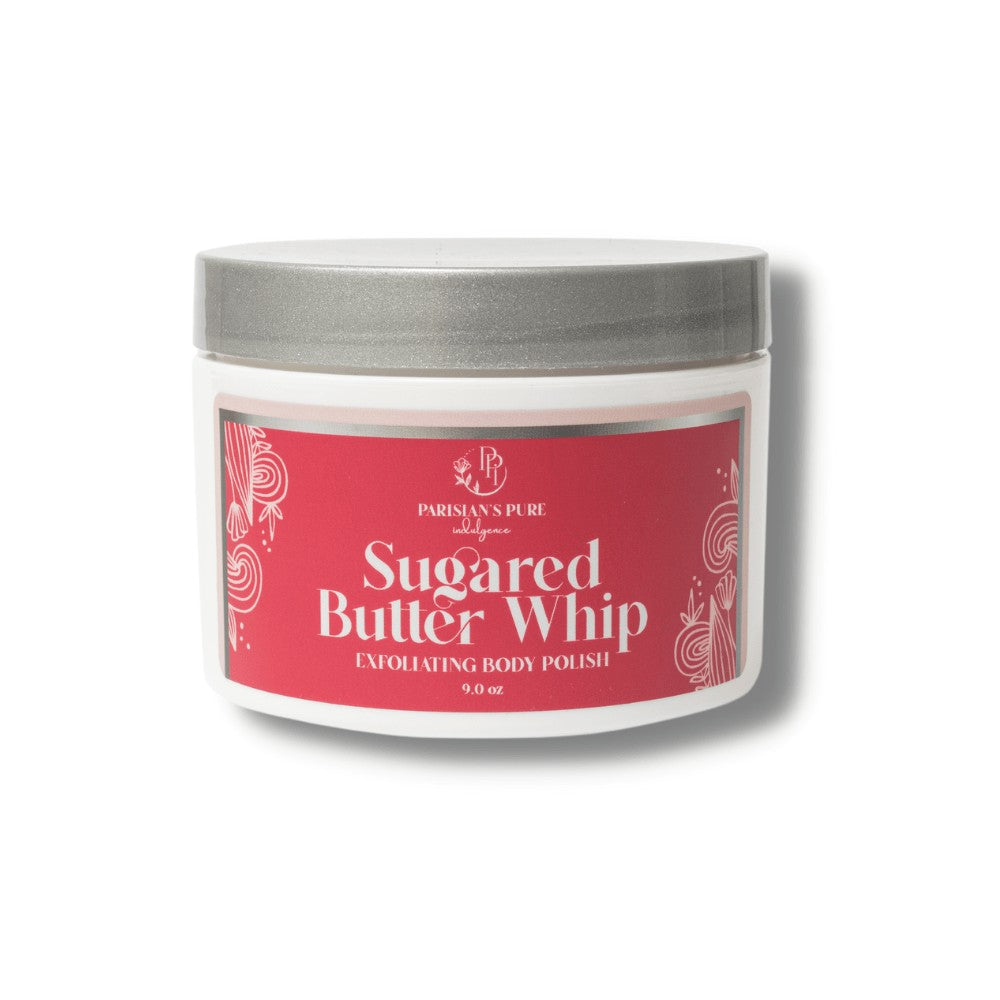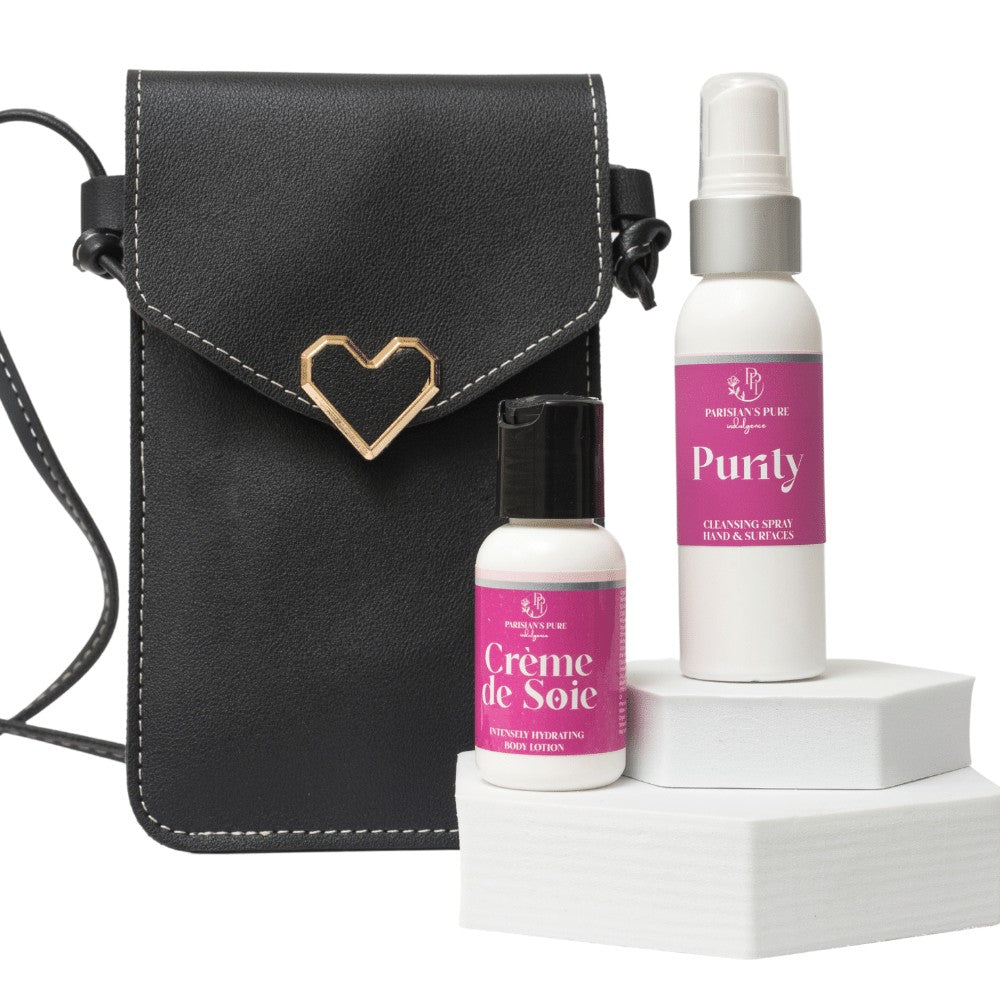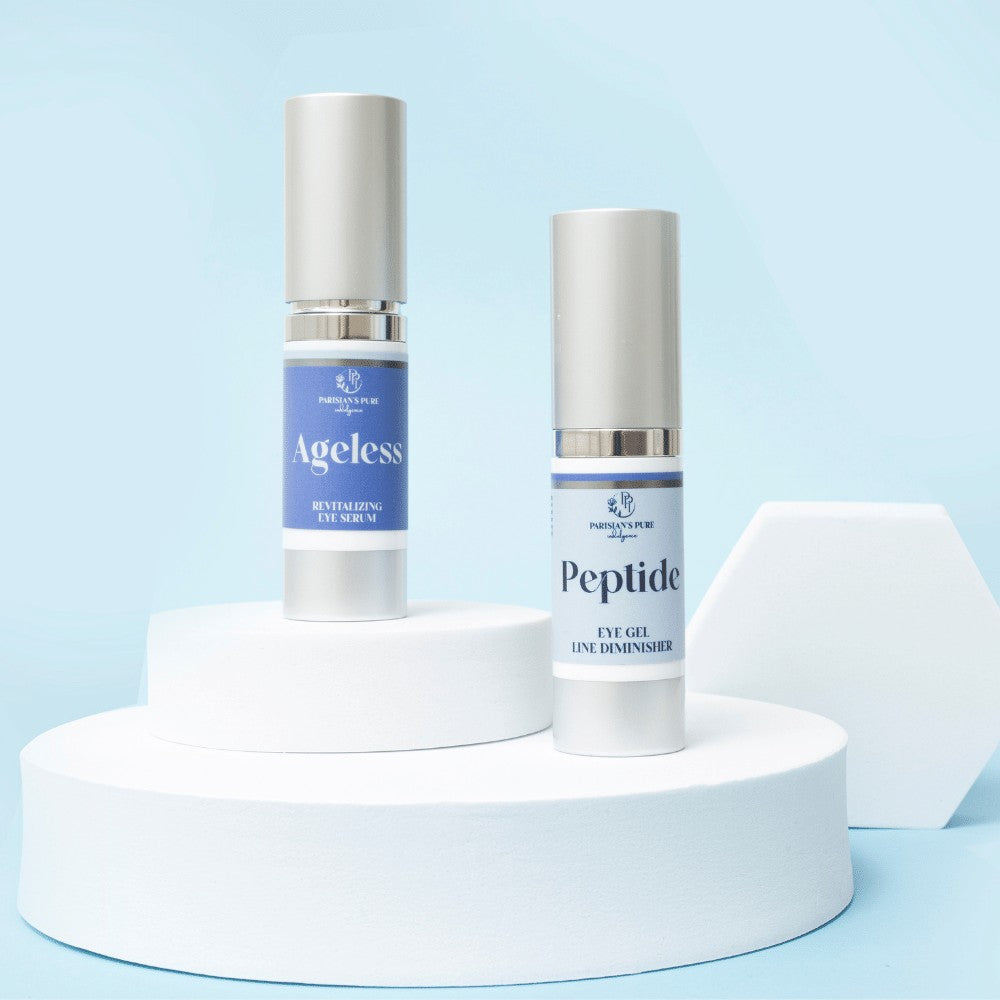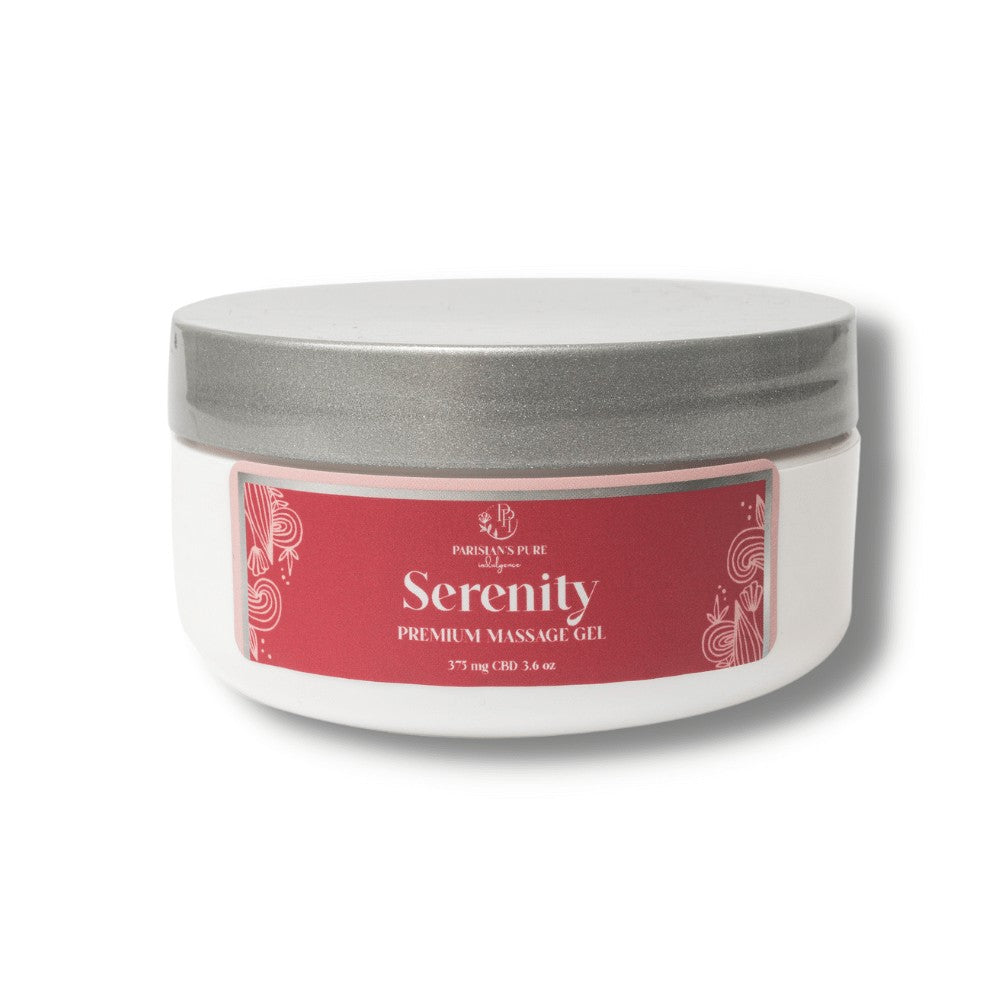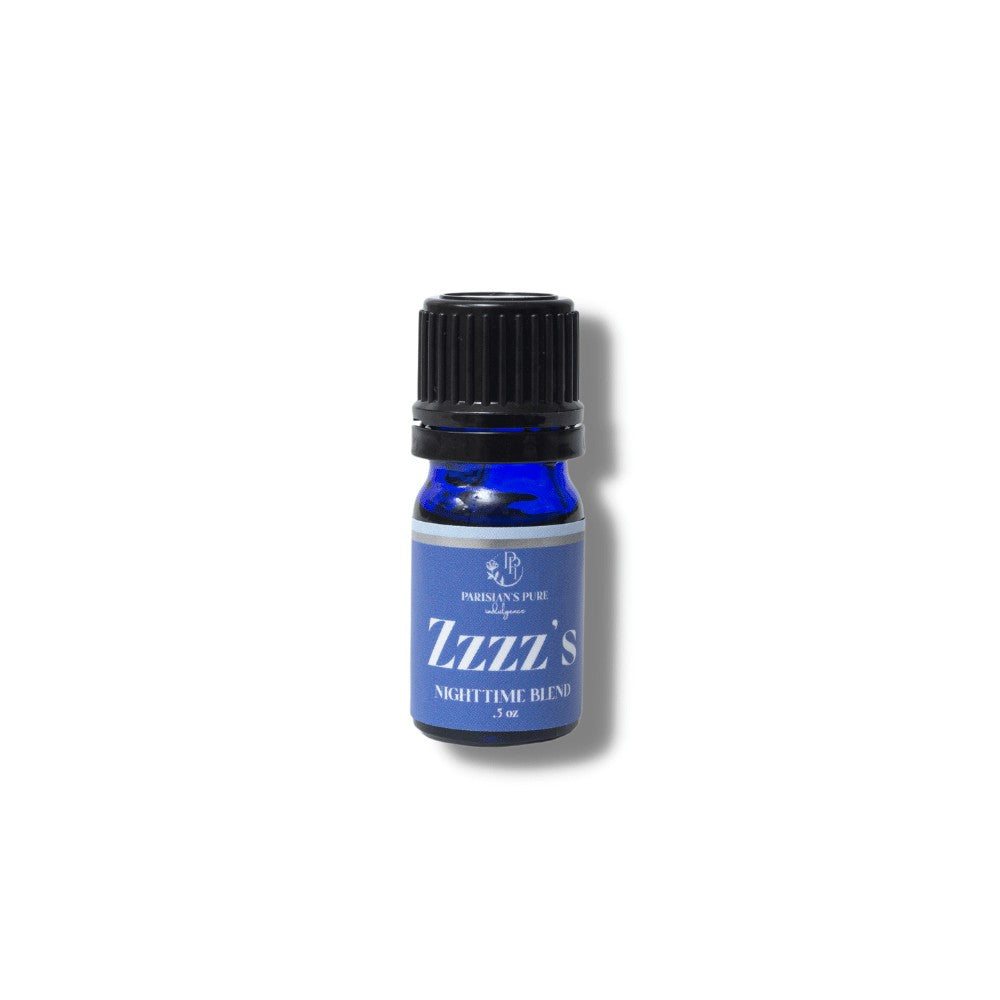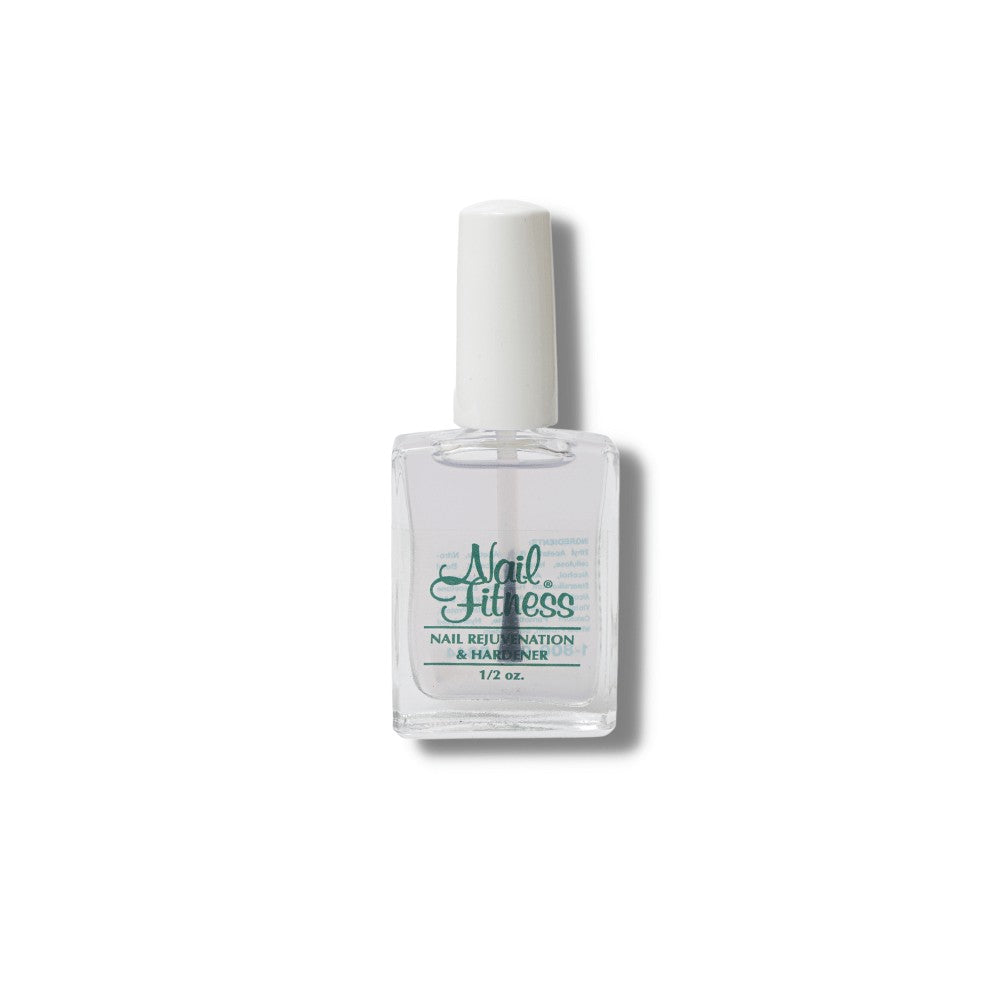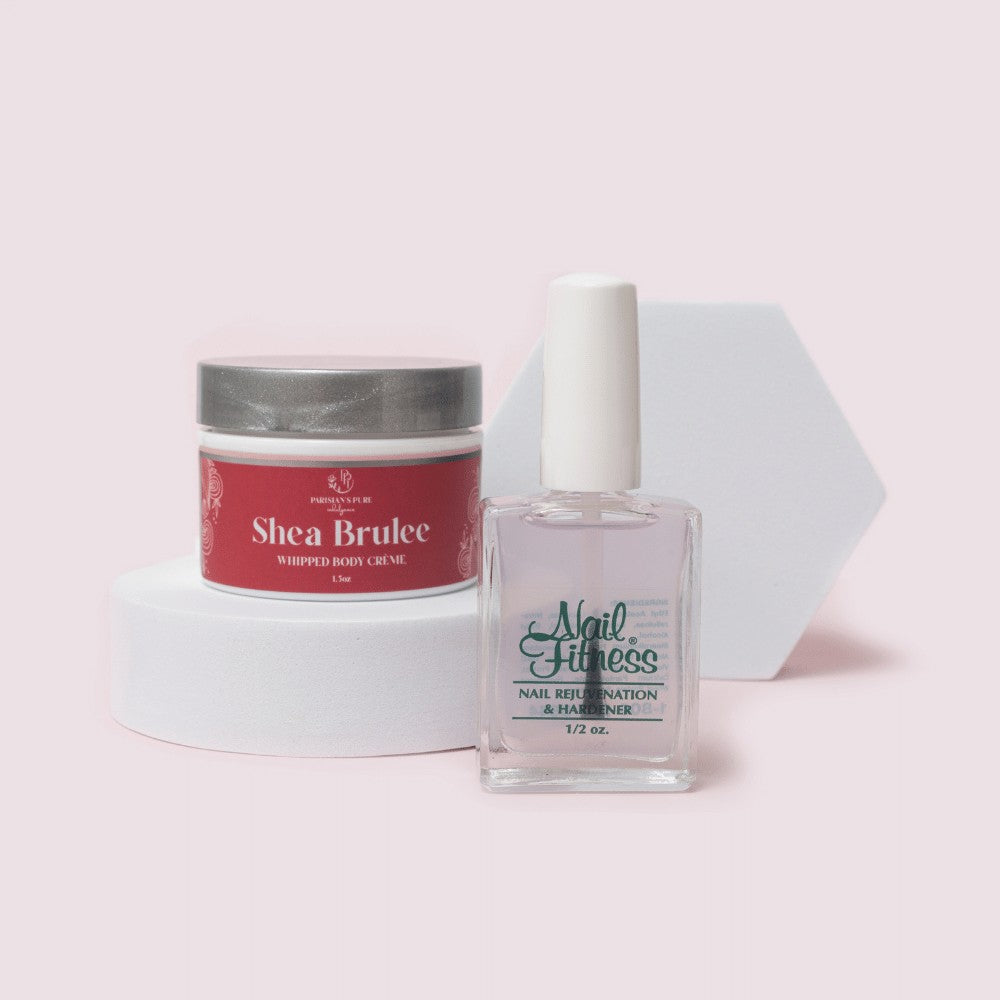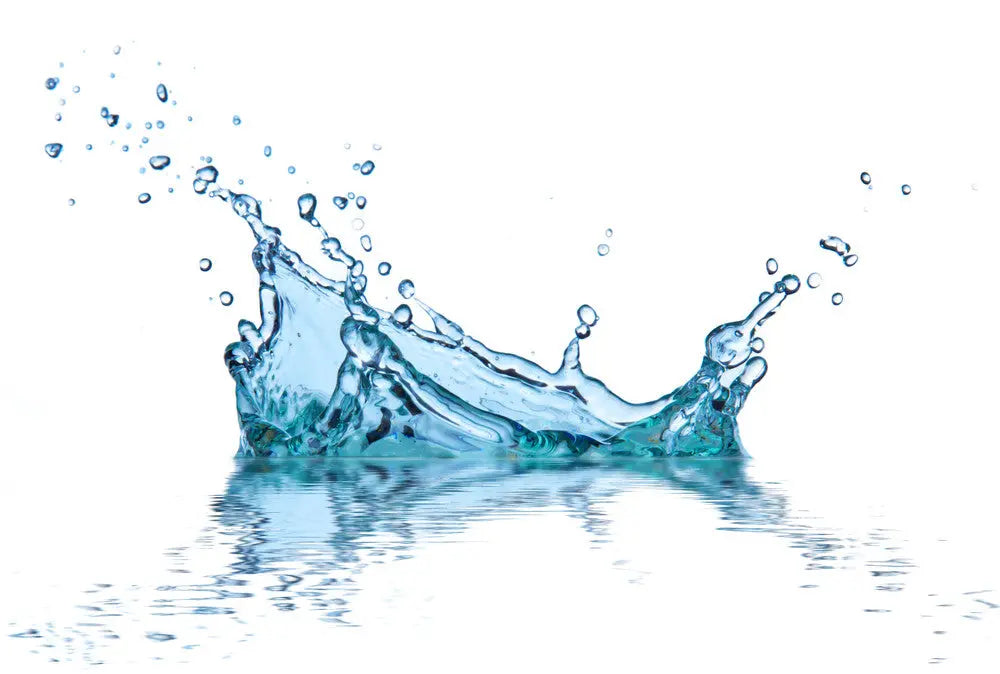What are nail ridges?
Have you noticed thin lines or ridges appearing on your fingernails? You're not alone. Nail ridges are a common occurrence, and while often a natural part of aging, they can sometimes signal an underlying health issue. Let’s will break down the different types of nail ridges, what they might mean, and when it's time to see a doctor.
Nail ridges are basically lines or grooves that appear on the nail surface. They can be vertical (running from the cuticle to the tip) or horizontal (running across the nail).
Vertical nail ridge causes
- Aging: As we age, the natural production of keratin (the protein that makes up nails) decreases, which can lead to the development of vertical ridges. This is the most common and harmless cause.
- Nutritional Deficiencies: Lack of essential nutrients, such as biotin, zinc, iron, or B vitamins, can result in changes in your nails, including ridges.
- Dehydration: Dry nails may become more prone to developing ridges. Proper

hydration is important for maintaining healthy nails. Consider using a moisturizer or vitamin rich oilalong with a nail strengthener with keratin.
Health Conditions:
- Arthritis: Inflammatory conditions like rheumatoid arthritis may cause nail changes, including vertical ridges.
- Dermatological conditions: Skin conditions such as eczema or psoriasis can impact nail health, sometimes causing ridges.
- Circulatory Issues: Poor circulation can affect the nails, leading to changes in their appearance, including vertical ridges.
- Trauma: Injury to the nail matrix (the part that produces new nail cells) can disrupt growth and lead to ridges.
- Genetics: Some individuals may naturally have vertical ridges in their nails, as it can run in families.
If your ridges are accompanied by other symptoms (like discoloration or changes in thickness), it might be worth consulting a healthcare professional for a more thorough evaluation.
Horizontal Nail Ridges (Beau's Lines): A Potential Warning Sign
Horizontal nail ridges, also known as Beau's lines, are deeper grooves that run across the nail. These are less common and can be a sign of a more serious health condition or a significant disruption to nail growth.
Possible Causes of Horizontal Nail Ridges:
- Injury or Trauma: A direct injury to the nail bed can temporarily halt nail growth and cause Beau's lines.
- Severe Illness or Infection: Conditions like high fever, pneumonia, mumps, or measles can interrupt nail growth.
- Chemotherapy: Chemotherapy treatments can also cause Beau's lines.
- Circulatory Problems: Conditions affecting blood flow, such as peripheral vascular disease, can contribute to nail abnormalities.
- Zinc Deficiency: In some cases, a zinc deficiency can lead to horizontal nail ridges.
- Uncontrolled Diabetes: High blood sugar levels can also affect nail growth.
When to See a Doctor:
While vertical ridges are usually nothing to worry about, it's essential to consult a doctor if you experience:
- Horizontal ridges (Beau's lines): These can indicate a more serious underlying condition.
- Changes in nail color or texture: Any significant changes in nail color (e.g., white, yellow, blue) or texture (e.g., pitting, thickening) should be evaluated by a medical professional.
- Nail separation from the nail bed (onycholysis): This can be a sign of infection or other health issues.
- Pain, swelling, or redness around the nails: These symptoms may indicate an infection.
How to care for ridged nails:
While you can't prevent vertical ridges caused by aging, here are some tips for maintaining healthy nails:
-
Moisturize regularly: Keep your nails and cuticles hydrated with a good quality hand cream or oil.

- Eat a balanced diet: Ensure you're getting enough vitamins and minerals, especially biotin, zinc, and iron.
- Avoid harsh chemicals: Limit exposure to harsh soaps, detergents, and nail polish removers.
- Protect your nails from trauma: Wear gloves when doing activities that could injure your nails.

